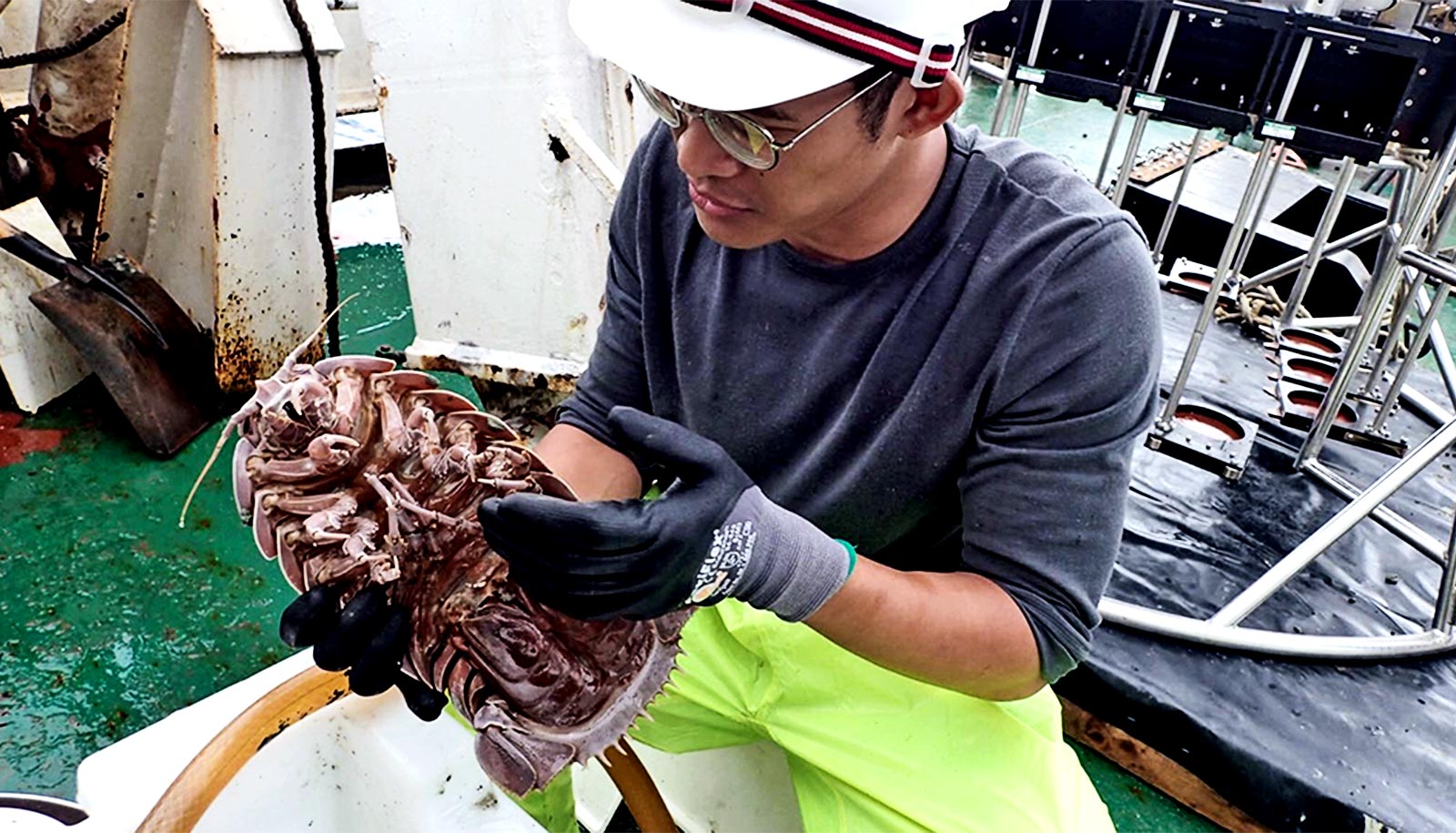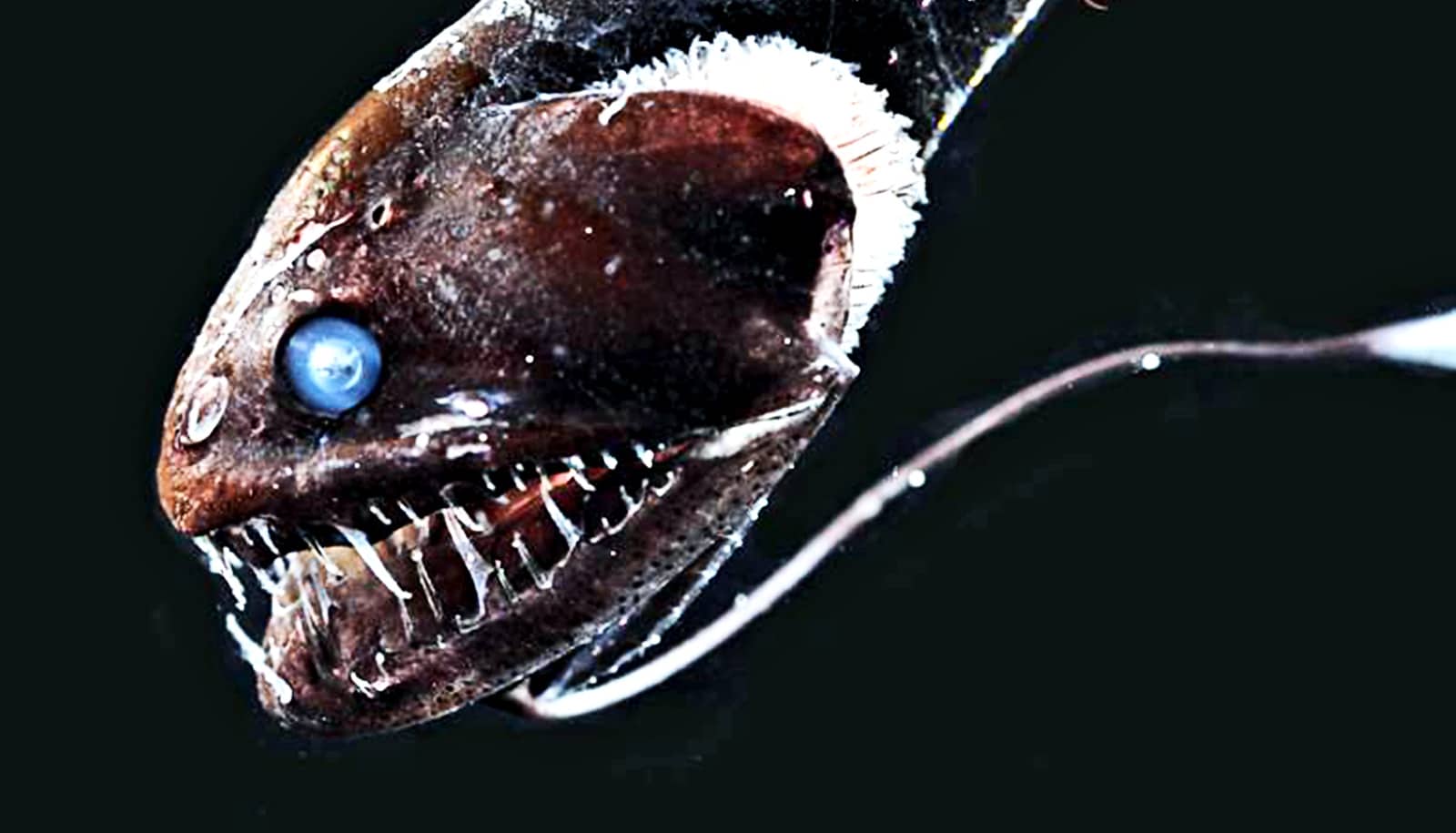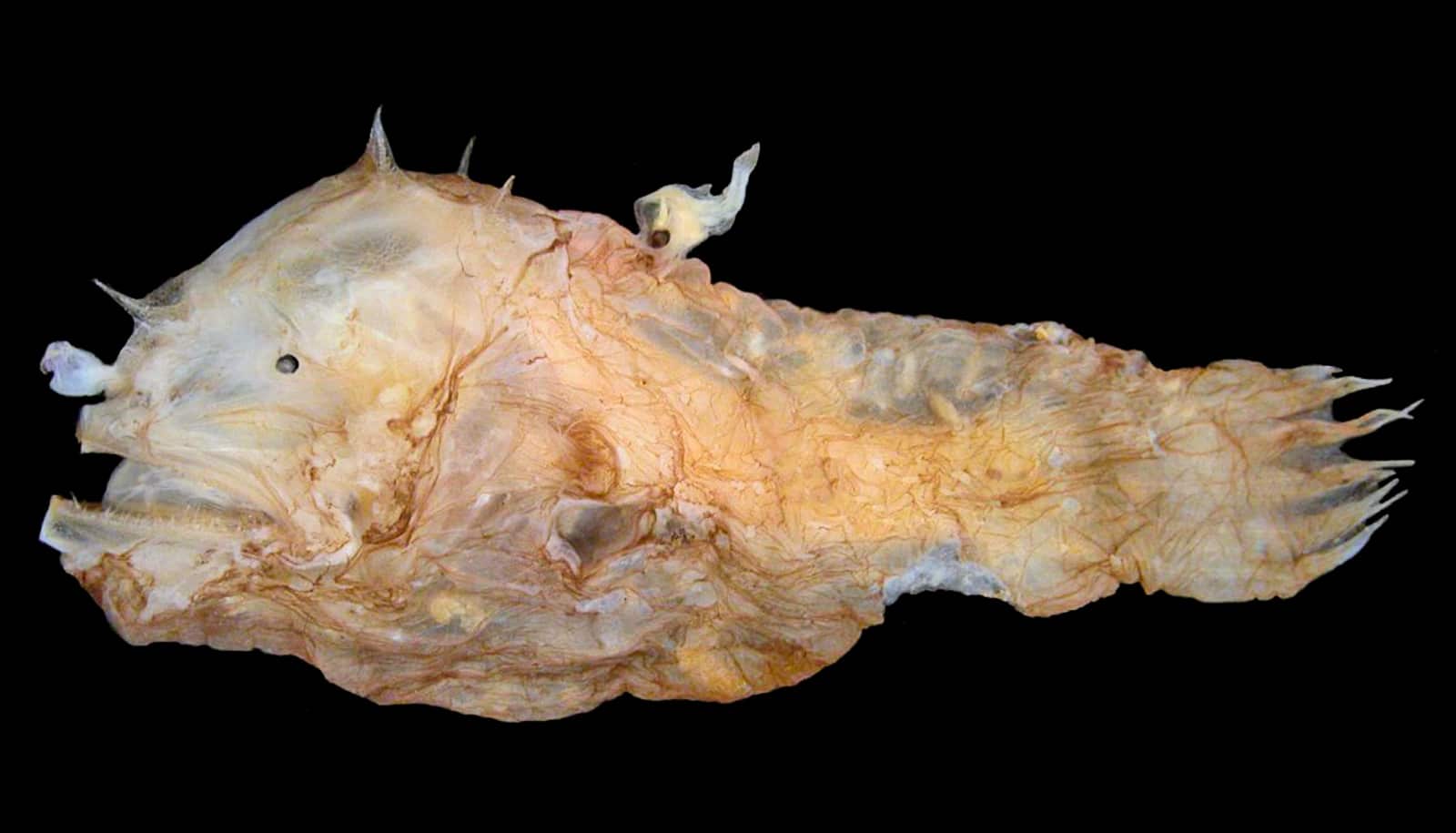Researchers have discovered a new species of deep-sea giant isopod, Bathynomus raksasa.
This is the first time that the genus Bathynomus has been collected in Indonesian waters. It’s also one of the largest known to science.
Marine isopods are a diverse group of animals with various feeding strategies, such as scavenging, filter feeding, and parasitism. They live in environments from the shallow shore all the way down to the deep sea.
Most deep-sea isopods are less than 10 millimeters (0.39 inches) in length, with the exception of the giant isopods from the genus Bathynomus, which can grow up to half a meter (1.64 feet) in length.

These giant isopods exhibit what is known as deep-sea gigantism, in which some animals found in the deep sea tend to be much larger than their relatives in shallow waters.
Researchers described the new giant isopod species based on two specimens, a male and a female, they collected off the southern coast of West Java in Indonesia.
The researchers collected the specimens from a depth of between 950 and 1,260 meters (about 3,117 to 4,134 feet) during the South Java Deep Sea Biodiversity Expedition 2018 (SJADES 2018), a 31-member expedition.

They studied and compared the isopod specimens from the expedition with existing material from the Zoological Reference Collection in the Lee Kong Chian Natural History Museum at the National University of Singapore. They identified distinguishing features and confirmed the species was new to science.
“The identification of this new species is an indication of just how little we know about the oceans. There is certainly more for us to explore in terms of biodiversity in the deep sea of our region,” says Helen Wong of the Tropical Marine Science Institute and the St. John’s Island National Marine Laboratory.
The researchers are working to study and identify over 12,000 specimens they collected during the expedition, and expect to publish more findings soon. A paper on the new species appears in ZooKeys. Additional researchers from the National University of Singapore and the Indonesian Institute of Sciences contributed to the work.
Source: National University of Singapore



